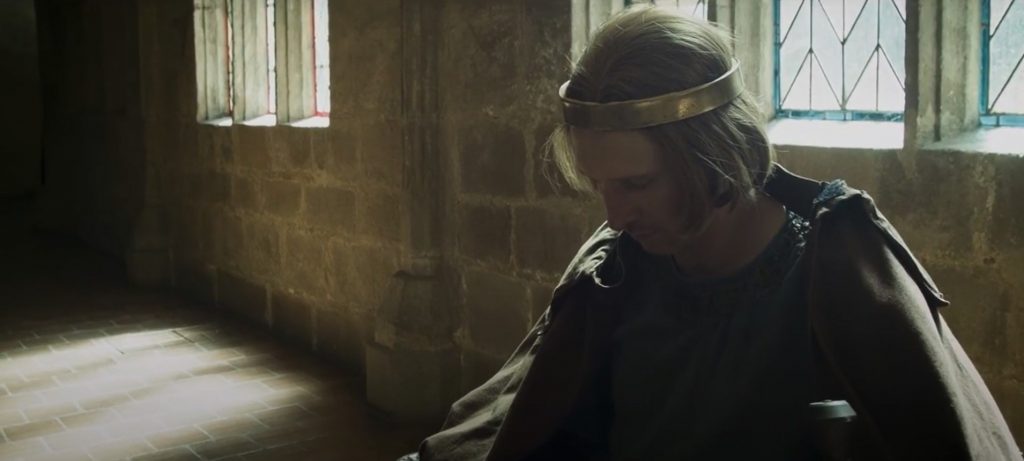Václav III, the only son of Václav II and Jitka (Guta) Habsburg, was crowned King of Hungary during his father’s lifetime. He chose Olomouc as the beginning of his campaign to Poland, which was to prove fatal. On 4 August 1306 he was murdered in the grounds of Olomouc Castle.
After his father’s death in 1305, he inherited the Czech and Polish crowns. However, his father’s legacy also included the war with the Roman king Albrecht of Habsburg, the rebellion of Vladislav Lokietek in Poland and the fighting in Hungary. Despite his youth and unfavourable evaluation in the Zbraslav Chronicle, Wenceslas was an able ruler. He made peace with Albrecht Habsburg, to whom he ceded Cheb, Plisen and Meissen. He left the Hungarian crown to his loyal ally Otto of Lower Bavaria. He also concentrated on holding on to Poland, where the Bohemian administration established by his father was strongest and where he had the best chance of victory. He was to be aided in his efforts by his marriage to Viola of Teschen of the Piast family and his alliance with the Order of the Teutonic Knights. They mediated a treaty between the Czech representative in Poland and Přemysl Kujavský. The treaty was directed against Vladislav Lokietek and his claims.
The assassination of Wenceslas III in Olomouc
As part of his efforts to retain the Polish crown, Wenceslas III decided to campaign in Poland. In the summer of 1306, Olomouc became the starting point of his expedition. On 4 August, however, he was murdered in the castle, in the house of the chapter dean Budislav (on today’s Wenceslas Square). The exact place of the murder is not identifiable due to a number of later reconstructions of the house. Similarly, the motive for the murder has never been clarified. An entry in the Olomouc obituary blames the murder on a certain Thuringian knight, Konrad of Mulhov, but this claim is uncertain. The fact remains, however, that the violent death of Wenceslaus III led to the extinction of the Bohemian ruling family of the Přemyslids by the sword and the struggle for the Bohemian crown, which only ended with the accession of John of Luxembourg in 1310.

















